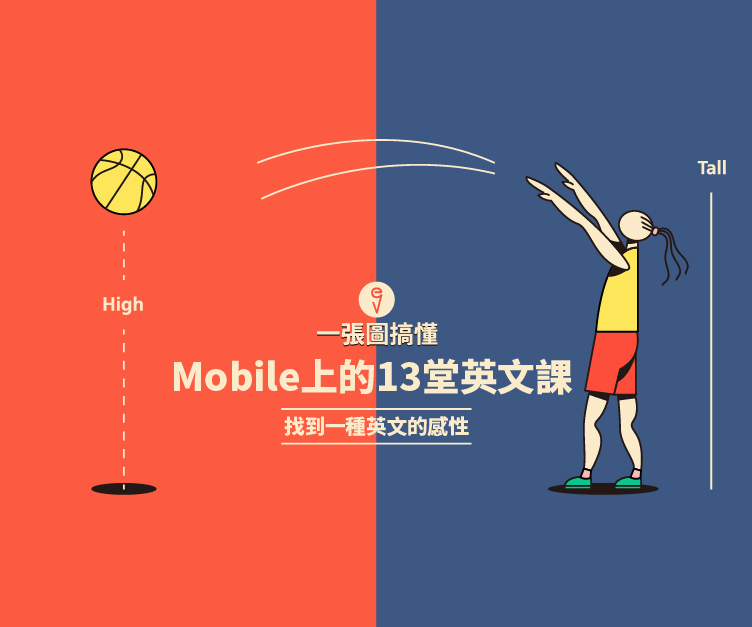未來贏家:掌握「行為」的人 創新機構打造未來的3種方式
進入2015第三周,網路上充斥各式各樣今年的相關預測。但是人的行為難以預測,如何因應? 向創新機構學習。
進入本文之前,請先想想以下單字:
a) 經得起
b) 龐然大物
c) 墊腳石
The idea of trying to predict many forces shaping the future is like trying to predict a tsunami. Instead, your (1) best bet is to build the capabilities to a) withstand it and—for truly great innovators—to surf it. The problem is not that we can’t predict the basic technology. In fact, watching a few dozen TED talks and you’ll have good grasp about future-tech inventory. But what we cannot predict is behavior─the evolution of behavior.
預測由多方外力塑造的未來,就如同嘗試預測海嘯。最好的方式是打造應變局勢的能力—能創新的人甚至能駕馭局勢。我們的問題從不在無法預測科技發展。事實上,看幾十個 TED 演講就能大概掌握未來科技發明。無法預測的是行為--特別是行為的改變。
Behavior always takes us by surprise. It's why a McKinsey study in 1980 projected 900,000 cell phones would be in use by 2000. The actual number was just under 1 billion. That's no rounding error. It's a fundamental inability to understand how radically our changing behaviors shape the future. Twenty-seven years later, when the iPhone was introduced, pundits thought the market had peaked at 2.7 billion cell phones. But today, we are at 7 billion cell phones. Apple was building the future in the midst of a recession.
行為總是讓人出奇不意。這就是為什麼一九八零年代 McKinsey 預測,兩千年時將會有九十萬隻手機,真正的數字卻達到大約十億。這不是計算錯誤,是我們完全無法預知不斷變化的行為會如何劇烈地改造未來。二十七年後,iPhone 手機推出,權威人士認為手機的市場覆蓋數目約在二十七億手機之間。但今日,我們卻有大約七十億隻手機。蘋果在一片經濟衰退中建造了自己的未來。
However, the uncertainty of changing behaviors is the best source of opportunities. And 2015 is an era of radical behavioral change. Hyper-connectivity is changing every aspect of how we live, work and play. Exceptional organizations at innovation get this and they deal with uncertainties differently. They are small and nimble, and leverage it in ways their b) behemoth competitors can’t. And they end up shaping our behaviors in ways we’d never imagined. Here are three ways innovative organizations build the future.
行為不斷變化產生的不確定性帶來更大的機會。我們正處於行為劇烈改變的年代。密集的網路社交互動改變了生活、工作與娛樂中的一切。一些創新機構發現了這樣趨勢,以不同方式面對這種不確定性。這些機構規模很小卻敏銳,以其他龐大通路商所不能的模式經營,最終以我們從未想過的方式改變了我們的行為。來看看創新機構打造未來的三種方法。
First of all, the leader’s vision must extend beyond the organization’s fear. Leaders need to extend their vision while the market may be uncertain. These sorts of leaders are indeed 2) a rare breed, but they share the ability to build the behavior of the future rather than waiting for it to arrive.
第一,領導主管的視野必須超越機構自身的恐懼,在市場不確定性中看到機會。這樣類型的主管十分稀少,但他們能主動創造未來,而不是被動等待機會來臨。
Secondly, they accept that small failures will increase the overall rate of big success. These failures will be tolerated and used as c) stepping-stones to the next experiment. Thirdly, they create an ongoing process of future-focused planning along with clear organizational responsibility for innovation. While companies like Apple have baked innovation into their culture, the vast majority of companies have no capability or process for innovation. Think of how Kodak didn't do this with digital photography and you've got a great model of what not to do!
第二、他們認為小規模的失敗,有助於提升大規模的成功。他們視失敗為下一個試驗的墊腳石。第三、建立以未來為主軸,可持續進行的創新計劃,視創新為機構的責任。 像Apple這樣的公司已經將創新融入公司文化,然而大多數公司仍缺乏創新能力,遑論流程。柯達影像當年沒有發展數位攝影,是我們最好的前車之鑑。
口語詞彙
- The best bet 最好的辦法;最適當的措施
Your best bet is to sell them now .
你現在最好的辦法就是把它們賣掉。
- A rare breed 稀少、鳳毛麟角
His statement implies that environmental issues are truly the work of a rare breed that must struggle mightily to proceed little by little. 他的論述暗示環保議題不過是少數人,付出巨大努力才獲得的微小進展 。
參考網站: Inc網站
